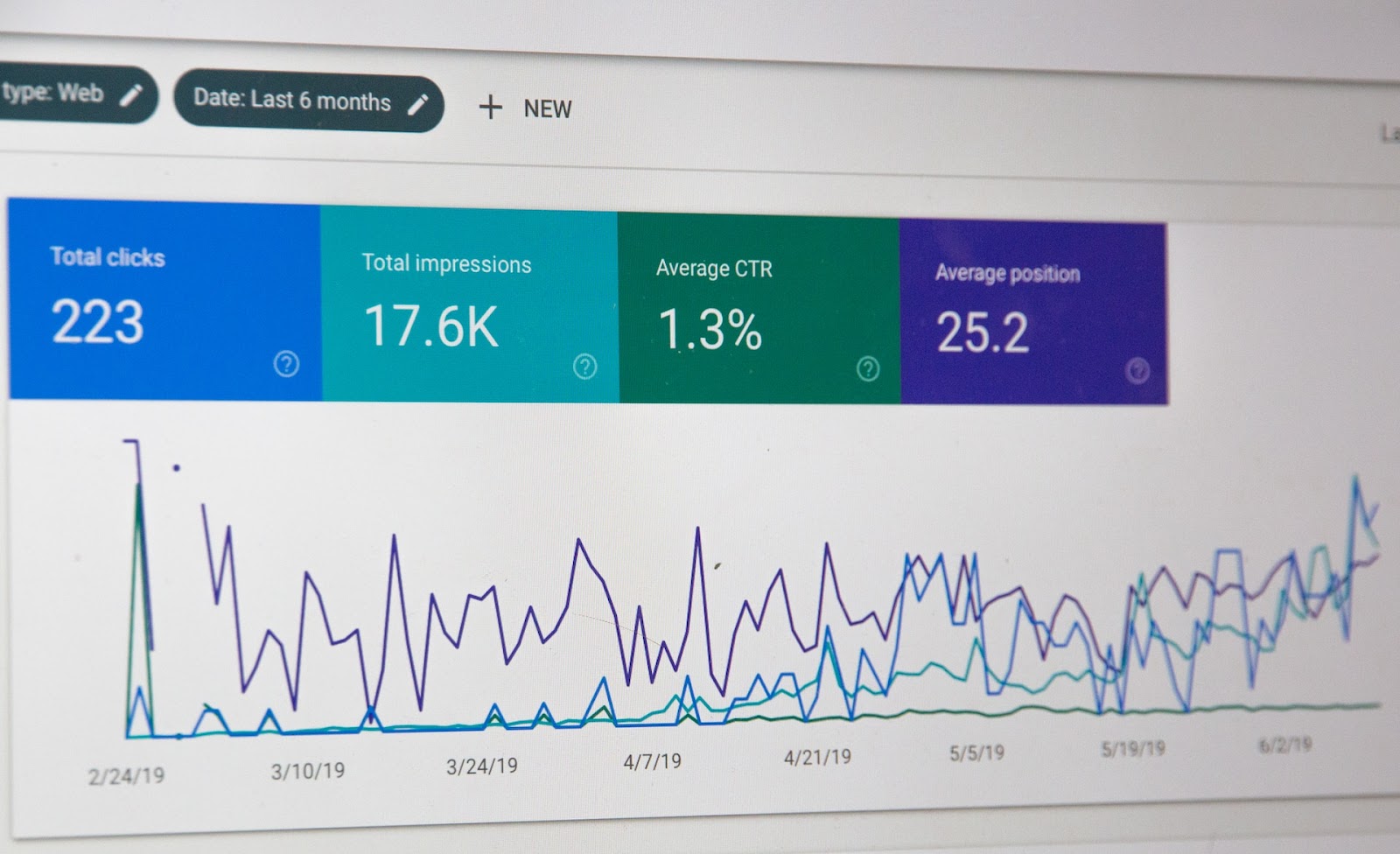In today’s interconnected world, the internet has become a global marketplace. As both big and small businesses aim to expand their reach beyond linguistic and cultural borders, multilingual search engine optimization has emerged as a vital strategy to ensure visibility and success in international markets.
This article delves into five essential tips to enhance your keyword rankings across languages, enabling you to tap into the immense potential of global audiences.
Keyword research in each country is key
Keywords serve as the cornerstone of any effective SEO strategy, acting as the bridge between what users are searching for and the content you provide. However, when targeting multilingual audiences, a simple word-for-word translation might not encapsulate the intent behind certain search queries.
To truly connect with your international audience, it’s crucial to embark on comprehensive keyword research for each target language. Investigate the nuances of how users phrase their queries in different languages and cultures.
Leveraging tools such as Google Keyword Planner, Ahrefs, or SEMrush can aid in identifying high-volume and contextually relevant keywords for each language. Moreover, you should attune to cultural distinctions and regional variations that could significantly impact keyword choices. By fine-tuning your keyword selection process, you lay the foundation for a successful multilingual SEO campaign.
Create language-specific content

While accurate keyword translation is fundamental, it’s equally important to recognize that languages are intricate vessels of culture and expression. Directly translating your content can lead to awkward phrasing, a loss of idiomatic nuances, and an overall disjointed experience for users.
So transcending the language barrier goes beyond mere translation. It involves crafting language-specific content that resonates with your target audience’s cultural preferences and linguistic idiosyncrasies.
By delving into the heart of each language’s unique cadence and narrative structure, you can authentically engage your international readers. This approach not only fosters better user engagement but also sends strong signals to search engines that your website is genuinely valuable to users in diverse linguistic contexts, thereby boosting your rankings.
Use a WordPress translation plugin
For websites built on the WordPress, using a translation plugin can significantly streamline the process of creating and managing multilingual content. A WordPress translation plugin allows you to translate your website’s pages, posts, and other elements with ease.
These plugins often come with features like language switchers, URL structure optimization, and compatibility with various SEO tools, ensuring that your multilingual content is both user-friendly and search engine-friendly.
Hreflang attributes for proper language targeting
In the global digital ecosystem, accurate communication extends beyond words; it also encompasses the way you present information to users across different languages.
This is where the hreflang attribute enters the picture. Introduced by Google, the hreflang attribute helps search engines understand which language version of a webpage to display to users based on their language and geographical location.
By embedding hreflang tags within your website’s HTML code, you effectively mitigate the risk of duplicate content issues and guarantee that the appropriate version of your content reaches the intended audience. This attribute acts as a compass, guiding search engines to offer the optimal user experience for multilingual searchers.
Proper implementation of hreflang tags is a crucial aspect of multilingual SEO, ensuring that your carefully curated content lands in front of the right eyes in the right language.
Invest in international backlinks

Backlinks play a significant role in SEO, and the same principle applies to multilingual SEO. Building a network of high-quality, authoritative backlinks from websites in the target regions can significantly boost your website’s credibility and rankings in those languages.
Collaborate with local influencers, bloggers, and industry-related websites to earn relevant backlinks. Remember that backlinks should come from authoritative sources within the local community.
Monitor and adapt
The digital landscape is ever-evolving, and your multilingual SEO strategy should be no different. Regularly monitor your keyword rankings and website performance in different languages.
Tools like Google Analytics, Google Search Console, and various SEO platforms can provide insights into user behavior, traffic sources, and keyword performance. Use these insights to refine your strategy, identify emerging trends, and adapt your content to changing user preferences.
Summary
In conclusion, multilingual SEO is a powerful tool for expanding your online presence in global markets. By accurately translating keywords, creating language-specific content, implementing hreflang attributes, building international backlinks, and continuously monitoring your performance, you can effectively improve your keyword rankings across languages.
Remember that successful multilingual SEO requires a deep understanding of cultural nuances, linguistic differences, and user behaviors in each target market. With these strategies in place, you can unlock new opportunities and connect with diverse audiences on a global scale.

Techspurblog is a blog dedicated to providing industry-leading insights, tips, tricks and tools on topics such as web design, app development, SEO and more. We also provide reviews of the latest tech products and services that can help you get the most out of your business.





